YUP!! You read that right… We’ll be learning about 12+ different types of microphones today.
I guarantee you that this is one of the only guides that talks about more than 4 different types of microphones. That’s because most websites aren’t specialized enough to know about the specialty microphones we’ll be discovering together.
It’s true that most microphones fall into two main categories (dynamic or condenser).
However, you’ll learn that a microphone’s performance and application isn’t determined by that alone.
That’s why you’ll want to make sure to read until the very end to have a complete understanding of the different types of microphones. I’ll also be making some recommendations along the way, so do check those out!
To get started though, let’s start with the familiar microphone types…
Table of Contents
Dynamic Microphones
Dynamic microphones are a popular type of microphone due to their durability, affordability, and versatility.
They are commonly used in live performances, broadcasting, and recording studios. If you are looking for a microphone that can handle high sound pressure levels and is built to last, then a dynamic microphone might be the perfect fit for you.
One of the biggest advantages of dynamic microphones is their ability to handle loud sounds without distorting.
They are designed to work well with loud instruments like drums, horns and amplifiers. In fact, many sound engineers prefer using dynamic microphones when recording these types of instruments because they are able to capture them at their best.
However, dynamic microphones don’t capture lots of the subtleties that a condenser microphone would (for better or for worse).
Dynamic microphones are also great for stage-use because they can withstand accidental drops, bumps, and other mishaps that might occur during a performance.
They are also less sensitive to feedback than other types of microphones, which is what makes them essential in a live sound technician’s toolkit.
Ribbon Microphones
Ribbon microphones are a type of dynamic microphone that use a thin metal ribbon suspended in a magnetic field to capture sound.
They are known for their warm, natural sound and are popular among musicians and sound engineers for recording vocals, acoustic instruments, and guitar amps.
One of the benefits of using a ribbon microphone is its ability to capture sound with accuracy and detail, without introducing any artificial coloration or distortion. This makes it an ideal choice for capturing the nuances of acoustic instruments and vocals, as well as for use in radio broadcasting, podcasting, and voice-over work.
In a professional context, ribbon microphones have been used to record some of the most iconic performances in music history, including Frank Sinatra’s “Strangers in the Night,” The Rolling Stones’ “Gimme Shelter,” and Bruce Springsteen’s “Born to Run.”
One of the most notable features of ribbon microphones is their bidirectional polar pattern, which means they pick up sound from both the front and the back of the microphone.
This makes them a great choice for recording in a variety of settings, such as in a studio or a live performance space.
However, ribbon microphones can be fragile and require careful handling. Enough air pressure could damage the ribbon element!
Condenser Microphones
Small Diaphragm

Small diaphragm condenser microphones, also known as pencil mics, are a type of microphone that uses a small condenser capsule to capture sound.
These microphones are incredibly versatile and can be used in a variety of settings, including recording studios, live performances, and even field recordings.
One of the main benefits of small diaphragm condenser microphones is their ability to capture high-frequency sounds with incredible detail and accuracy. This makes them ideal for recording instruments such as acoustic guitars, pianos, and percussion instruments.
Additionally, because of their small size, they are great for recording in tight spaces where larger microphones may not fit.
In a professional context, small diaphragm condenser microphones are often used in stereo pairs for recording orchestral instruments, choirs, and other large ensembles. They can also be used for field recordings such as nature sounds or ambient noise.
Another benefit of small diaphragm condenser microphones is their ability to capture fast transients accurately. This makes them an excellent choice for recording fast-paced music genres such as jazz or metal.
Large Diaphragm

Large diaphragm condenser microphones, also known as LDCs, are a popular choice for recording vocals, acoustic instruments, and even drum overheads.
As the name suggests, these microphones have a larger diaphragm compared to small diaphragm condenser microphones, which allows them to capture more low-frequency sound.
One of the benefits of using LDCs is their sensitivity to detail. With their wider frequency response, they are able to capture the nuances and subtleties of a performance, making them ideal for recording dynamic vocalists or expressive instrumentalists.
LDCs also have a higher SPL handling capability, which allows them to handle louder sound sources without distortion.
Professional audio engineers often rely on LDCs for their versatility and ability to capture a wide range of sound sources.
They are particularly useful for recording acoustic guitars, pianos, and stringed instruments, as well as capturing the nuances of a vocal performance.
Due to their larger size, LDCs are also able to handle high sound pressure levels, making them a great choice for recording electric guitar amps and drums.
Shotgun Microphones

Shotgun microphones are highly directional microphones that are frequently used in film, television, and video production.
They are long and thin, with a narrow cylindrical shape, and are designed to capture sound from a specific direction while rejecting ambient noise from other directions. This makes them ideal for use in noisy environments or when recording dialogue from a single source.
One of the biggest benefits of using a shotgun microphone is its highly directional pickup pattern.
Because it only captures sound from a specific direction, it can help eliminate unwanted background noise and improve the overall clarity of the recording. This is especially important in environments like film sets or live events where there may be a lot of ambient noise.
Shotgun microphones are also very versatile and can be used in a variety of different settings.
They can be mounted on a camera, boom pole, or tripod, making them ideal for use in a wide range of situations.
They are commonly used in film and television production to capture dialogue, sound effects, and ambient sound, and are also frequently used by journalists and videographers to capture interviews and live events.
Finally, some shotgun microphones are relatively affordable and can be a great investment for amateur and professional videographers alike. With a range of options available at different price points, there is a shotgun microphone out there for every budget.
Lavalier Microphones
Lavalier microphones, also known as lapel microphones, are a popular type of microphone that can be attached to clothing, making them an ideal choice for situations where a microphone needs to be discreet or hands-free.
Lavalier microphones have become ubiquitous in the film and television industry, as well as in live performance settings, due to their convenience and versatility.
In the film and television industry, lavalier microphones are often used to capture dialogue, especially in scenes where the actors need to move around freely or where the use of a traditional boom microphone would be impractical or disruptive to the scene.
Lavalier microphones can be attached to an actor’s clothing or hidden within their hair or wardrobe, allowing for clear and consistent audio recording without distracting from the scene or requiring the actors to remain stationary.
In live performance settings, lavalier microphones are commonly used by presenters, speakers, and performers who need to move around the stage while delivering their content.
Lavalier microphones can be discreetly attached to clothing or worn around the neck, allowing for clear and consistent audio recording without requiring the performer to hold or manage a microphone.
Lavalier microphones can also be beneficial in podcasting and vlogging, as they provide a hands-free option for recording audio, allowing the host or presenter to focus on delivering their content without worrying about holding a microphone or managing audio equipment.
Contact Microphones (Piezo)

Contact microphones, also known as piezo microphones, are an innovative type of microphone that can pick up sound vibrations from solid objects and surfaces.
When attached directly to the surface of an object, contact microphones can capture the unique sonic characteristics of the object or surface, making them particularly useful in sound design and other professional contexts where precise sound recording is essential.
In the field of sound design, contact microphones are used to capture the sounds of everyday objects and transform them into something new and exciting.
By attaching a contact microphone to an object such as a piece of metal, a piece of wood, or even a kitchen utensil, sound designers can capture the unique sonic characteristics of that object and use it to create original sound effects for films, TV shows, video games, and other media.
Contact microphones can also be used in the music industry to capture the sound of acoustic instruments such as guitars, pianos, and drums.
By attaching the microphone to the body of the instrument or to individual components such as the bridge or the soundboard, musicians and sound engineers can achieve a more accurate representation of the instrument’s natural sound, as well as the capture of sounds that are difficult to achieve with traditional microphones, such as the sound of the strings being plucked or the resonance of the instrument body.
In addition to sound design and music recording, contact microphones are widely used in other professional contexts.
They are commonly used in the analysis of machinery and equipment, where they can be attached directly to the surface of the machinery to detect vibrations and diagnose problems.
They are also used in the field of acoustics, where they can be used to measure the sound of building materials or to monitor the sound of structures such as bridges and tunnels.
Stereo Microphones
Stereo microphones are a popular choice for recording music, podcasts, and live events.
As the name suggests, these microphones capture sound in stereo, which means they can pick up sound from different directions, giving the listener a more immersive listening experience.
If you are looking to add depth and dimension to your audio recordings, then a stereo microphone may be just what you need.
Stereo microphones come in a variety of configurations, but the most common types are X/Y and A/B.
X/Y stereo microphones have two cardioid capsules arranged at a 90-degree angle to each other. This configuration allows for a more focused stereo image and better separation between the left and right channels.
A/B stereo microphones, on the other hand, have two omnidirectional capsules placed next to each other. This configuration provides a wider stereo image and a more natural sound.
Stereo microphones are perfect for recording live music performances, as they can capture the ambiance of the room and the spatial positioning of instruments and vocals. They are also great for recording sound effects and field recordings, as they can pick up subtle details and nuances that a mono microphone may miss.
In a professional context, stereo microphones are commonly used for location sound recording in film and television production.
They are also popular among music producers and sound engineers for recording live performances and studio sessions.
Stereo microphones are also used in binaural audio recording, a technique that mimics the way our ears perceive sound, providing a more realistic and immersive listening experience.
If you are interested in trying out a stereo microphone, there are many options available on the market, ranging from entry-level to high-end models. Some popular models include the Zoom H4n Pro, the Rode Stereo VideoMic X, and the Audio-Technica AT4053B-EL.
Ambisonic Microphones

Ambisonic microphones are a type of microphone that captures sound in a three-dimensional space, allowing for immersive and realistic sound recordings.
These microphones have become increasingly popular in recent years, particularly in the fields of virtual reality and gaming, where high-quality and realistic sound is essential for creating an immersive experience.
The benefit of ambisonic microphones is their ability to capture sound in a spherical pattern, allowing for recordings that are not only directional but also capture the sense of height, depth, and space.
This is achieved through the use of multiple microphone capsules arranged in a tetrahedral or spherical array, which capture the sound from different directions.
Ambisonic microphones are used in a range of professional contexts, including music recording, film production, and virtual reality experiences.
In the music industry, ambisonic microphones are used to capture live performances in a way that accurately represents the acoustic environment. They are also used in the recording of sound effects and atmospheres for use in film and TV productions.
In the world of virtual reality and gaming, ambisonic microphones are essential for creating an immersive experience.
They are used to capture soundscapes that match the virtual environment, giving the listener a more realistic and engaging experience. This technology is used in a range of applications, from gaming and entertainment to education and training.
Parabolic Microphones
Parabolic microphones are an exciting type of microphone that utilizes a large dish-shaped reflector to capture sounds from a distance with great accuracy.
The dish-shaped reflector focuses sound waves onto a small microphone element, allowing the user to capture sounds that are far away or difficult to reach.
One of the primary benefits of parabolic microphones is their ability to capture audio from a distance while minimizing ambient noise and other unwanted sounds. This makes them an ideal tool for outdoor recording, wildlife observation, sports events, and even espionage.
For those working in the film and television industry, parabolic microphones are particularly useful for capturing dialogue in noisy or crowded environments. They allow the user to capture clear and detailed audio while maintaining a safe distance from the action.
This can be especially useful in situations where using traditional microphones may be impractical or unsafe.
Parabolic microphones can also be used for scientific research, such as studying the sounds of marine life or monitoring the behavior of animals in the wild. They allow researchers to capture high-quality audio recordings while minimizing disturbance to the animals or their habitats.
Array Microphones
Array microphones are a powerful type of microphone that uses multiple microphone elements to capture audio from a wide range of angles.
This makes them an ideal tool for recording group discussions, live music performances, and other situations where multiple sources of audio need to be captured simultaneously.
One of the primary benefits of array microphones is their ability to capture high-quality audio while minimizing background noise and other unwanted sounds.
This is accomplished through a process called beamforming, which uses sophisticated algorithms to analyze the audio signals and determine the direction from which each sound is coming. This allows the microphone to selectively capture the sounds that are most important while rejecting the background noise and other unwanted sounds.
For those working in the field of video conferencing or remote meetings, array microphones are particularly useful for capturing clear and intelligible audio from multiple speakers in a room.
This can help ensure that everyone’s voice is heard and that there is no confusion or misunderstanding during the conversation.
Array microphones can also be used for musical performances, both live and in the studio.
They allow the user to capture the sound of multiple instruments or voices with great detail and accuracy, while minimizing interference from other sounds in the room.
Geophone Microphones
Geophone microphones are not only used in scientific and industrial fields but also have exciting applications in the film industry.
In the recent remake of Dune, sound designers utilized geophone microphones to capture low-frequency sounds to create an immersive and realistic soundscape for the movie.
The ability of geophone microphones to capture ground vibrations and low-frequency sounds makes them an excellent tool for sound designers in the film industry.
They can be used to record sounds for earthquakes, thunder, and other natural phenomena, adding a level of realism to the sound design that cannot be achieved with other microphones.
In the movie industry, sound design plays a critical role in creating an immersive experience for the audience.
Geophone microphones offer sound designers the ability to capture sounds that are impossible to hear with the human ear, bringing the movie’s soundscape to life.
Hydrophone Microphones

Hydrophone microphones have also found exciting applications in the film industry, particularly in the creation of underwater soundscapes for movies.
Sound designers use hydrophones to capture the unique and complex sounds of the underwater world to create realistic and immersive soundtracks.
In the movie industry, sound design plays a crucial role in creating a captivating and believable experience for the audience.
Hydrophone microphones offer sound designers the ability to capture underwater sounds in a way that no other microphone can.
They are used to record the sounds of bubbles, water movement, and marine life, among other things. These recordings are then used to create an authentic underwater soundscape that enhances the viewer’s immersion and engagement with the movie.
A great example of the use of hydrophone microphones in popular films is in the movie “Finding Nemo.”
The sound team used hydrophones to capture the sounds of bubbles and water movement in the ocean to create a realistic and engaging underwater soundscape that helped bring the animated characters to life.
Hydrophone microphones are also used in the creation of documentaries and other films that focus on marine life.
By using hydrophones, filmmakers can capture the unique and fascinating sounds of whales, dolphins, and other sea creatures, providing viewers with an unforgettable experience.
Summary: 12+ Different Types of Microphones
Admit it… You didn’t know there were actually this many different types of microphones.
Well, now you have a comprehensive understanding of the different types of microphones available to you!
However, now we have a problem… Where do we start?
Well, I’ve been through it all and have some suggestions for you based on what you intend to do…
- If you’re into music production, you’ll want to have a dynamic microphone and a large diaphragm condenser microphone to get started
- If you’re into field recording, you’ll want a stereo microphone, a shotgun and/or parabolic microphone and a contact microphone
- If you’re into filmmaking, then you’ll definitely want a shotgun microphone and some lavalier microphones
But, what about all the other amazing microphones we talked about today?
Well, maybe you could treat yourself to a new toy every now and then BUT… They’re not essential.
So, what are you going to start with? Let us know in the comments!
If you want some personalized recommendations, feel free to ask me as well!
Sources
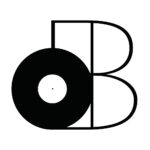

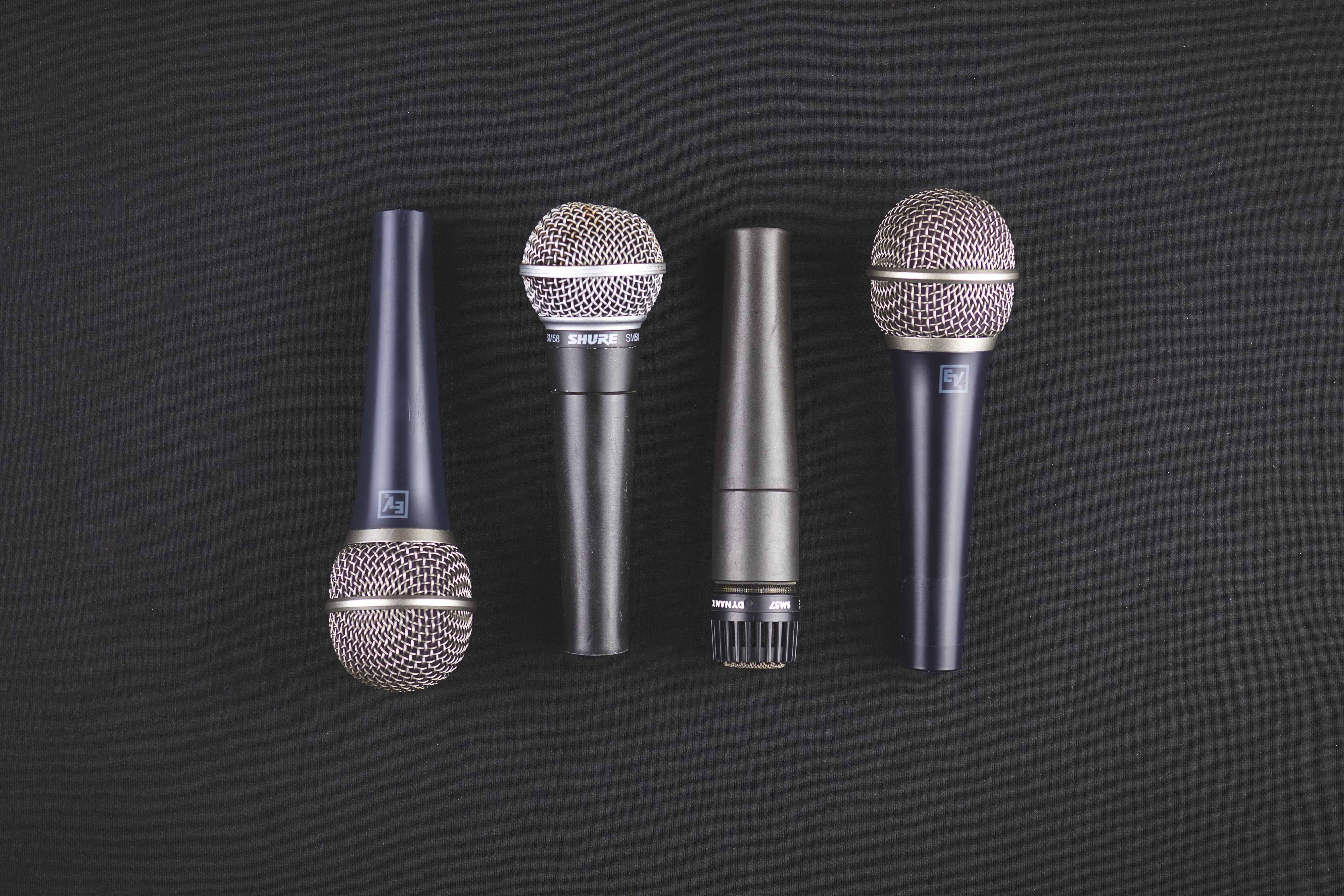
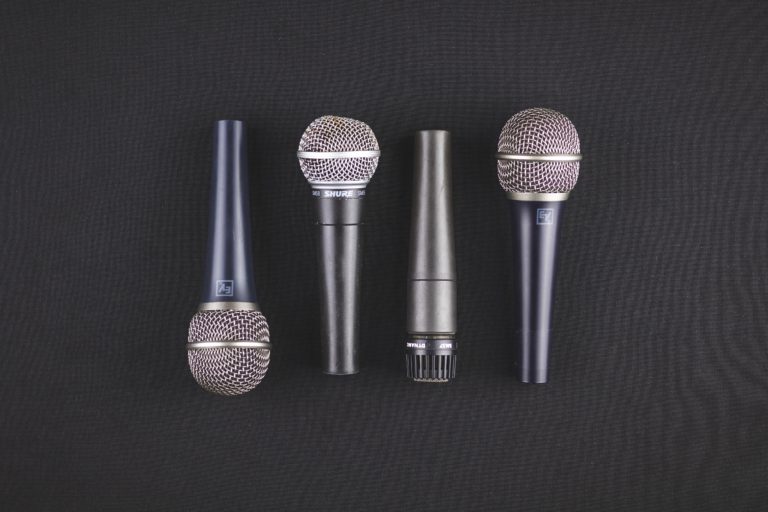
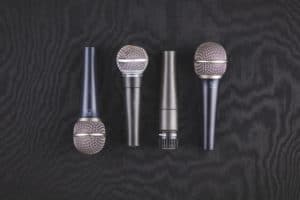






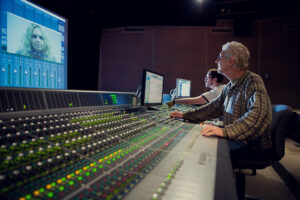

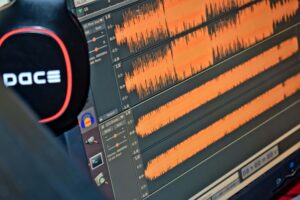

2 thoughts on “12+ Different Types of Microphones”
Are dynamic microphones (ribbon) really worth money?? Anyway thanks for the review.
Hey Amey!
I personally don’t believe that ribbon microphones are worth it, especially if you’re just starting out. They can actually be more troublesome because some may require specific preamps to function optimally.
I think dynamic (moving-coil) microphones are best for most situations. There’s no going wrong with one of them, especially for home recording!
If you want an affordable ribbon microphone though, check out my review on the Avantone Pro CR-14. However, I personally use my AKG Perception P5S 99% of the time!
Let me know if you have any further questions. Thanks for dropping by!
– Stefan